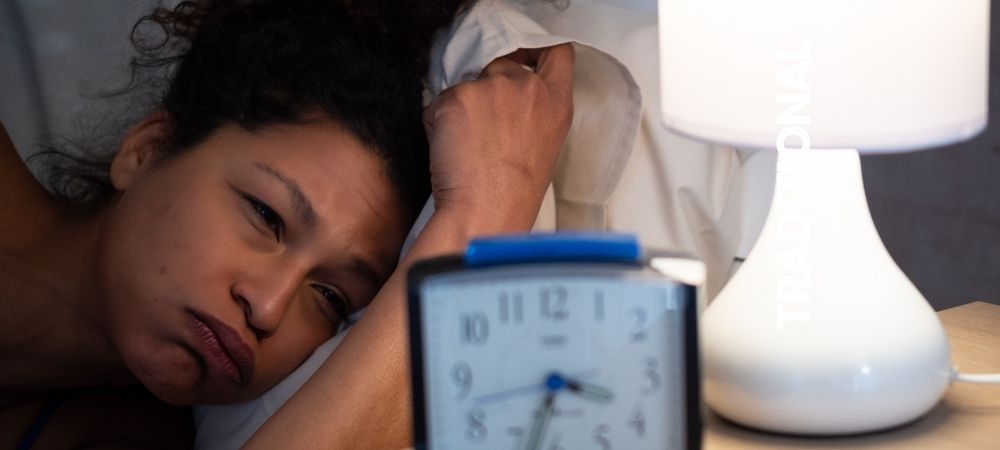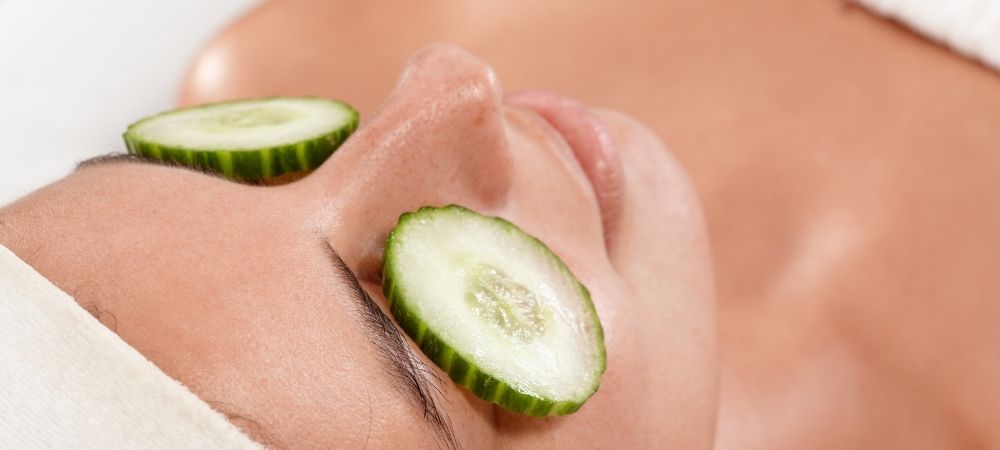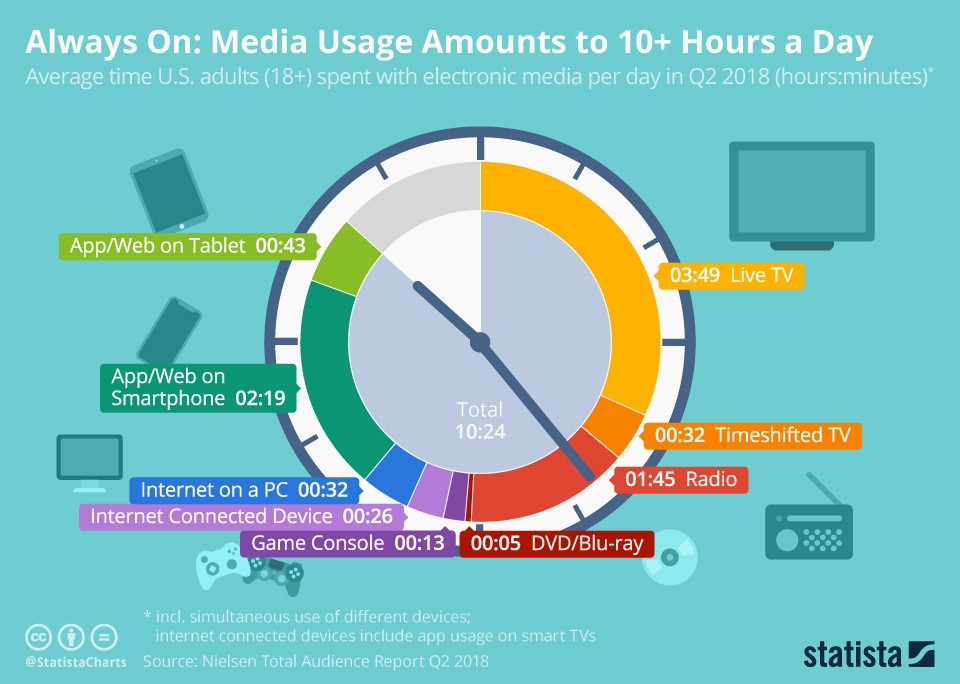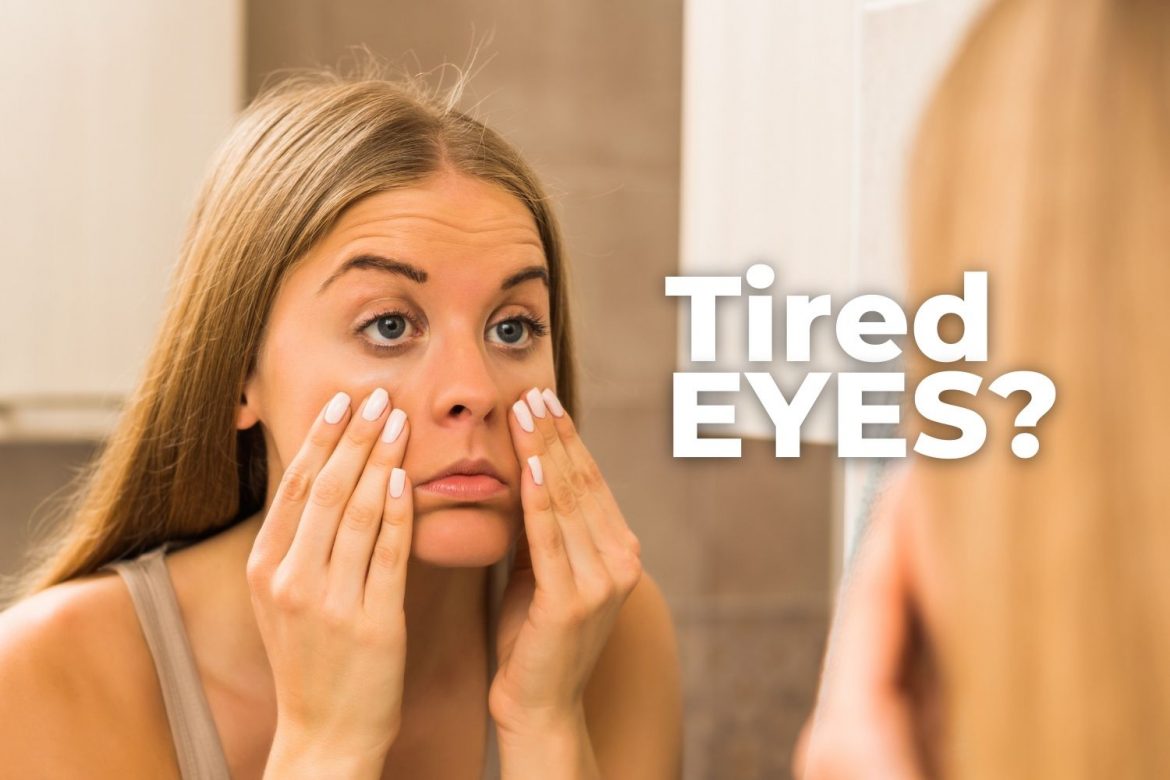![]()
Believe it or not, lack of sleep has been classified as an epidemic by the CDC. In fact, the issue is so widespread that over 110 million Americans, more than 33% of the population, report not getting enough sleep each night.
Sleeping less than seven hours per day is associated with an increased risk of developing a number of dangerous health conditions, including obesity, diabetes, and heart disease. In addition, it’s one of the leading causes of why your eyes look swollen, strained, and just plain tired.
But chronic lack of sleep, or just staying up too late too often, aren’t the only contributors to tired or swollen eyes. Allergies, the common cold, and eye strain have also been known to give your eyes that “been up too long” look.
Let’s take a look at two of the most common signs of tired eyes and learn what you can do to keep your eyes looking healthy and refreshed!
Under-eye bags
Puffy eyes, or the appearance of bags under your eyes, are most often a result of the tissue in your lower eyelids filling with fluid. This puffiness is usually most noticeable first thing in the morning and a direct result of fluid pooling under the eye while you sleep.

Causes of under-eye bags include lack of sleep, eating a diet high in sodium, and drinking excessive amounts of alcohol—but they are not the most common cause.
“The most common cause of under-eye bags or puffiness is natural aging,” says Shaun Desai, M.D., a facial plastic and reconstructive surgeon at Johns Hopkins Center for Facial Plastic and Reconstructive Surgery. “Older skin becomes too lax and tends to fall or wrinkle. The muscles and tissues around the eye can also weaken and contribute to the baggy look. This weakening allows the fat surrounding the eye to bulge out, creating that bubble-like appearance.”
Dark circles
The appearance of dark circles under your eyes might give you a raccoon-like appearance, but aren’t usually an indication of a serious medical issue.
Dark circles are usually caused by a lack of sleep.
Most people tend to have some degree of natural coloring under their eyes, which is a result of thinner skin stretching over small purple blood vessels and muscles.
In some cases, the appearance of dark circles are shadows formed by puffy eyelids or actually hollows that develop under your eyes as a normal part of the aging process.
Tips for making your eyes look less tired
Regardless of the reasons for dark circles and bags appearing under your eyes, they create the unsightly appearance of having tired, swollen, and even sickly eyes. Who wants that?
Most dermatologists and skincare experts agree there are standard steps to keeping the skin around your eyes looking young and healthy, including removing eye makeup before sleeping, limiting exposure to harsh and irritating chemicals found in low quality skincare products, and keeping your head slightly elevated while sleeping.
In addition, there are several additional steps you can take to keep your eyes looking bright, more alert, and less tired – including:
1. Limit your intake of sodium
Too much salt doesn’t just contribute to hypertension and heart disease, it causes your body to retain water, which in turn, contributes to your eyes looking tired and swollen.
To limit the health risks associated with sodium, the American Heart Association (AHA) recommends eating no more than one teaspoon of salt each day. Considering that less than 10% of the population limit their sodium intake to the recommended AHA levels or less and that the average American consumes twice the recommended amount of sodium every day, cutting back on salt seems to be easier said than done!

With nearly 80% of sodium intake coming from processed foods, a simple way to limit the amount of sodium in your diet is to minimize the amount of processed food you eat, both at home and while dining out.
Another way to reduce or minimize the effects of sodium is to increase your intake of fresh fruits and vegetables that are rich in Vitamin B and potassium. Sweet potatoes, bananas, avocado, cantaloupe, and dark leafy greens—like spinach—are all great options to consider.
2. Utilize an alternating combination of warm and cold compresses

A cold compress, chilled metal spoons, or even slices of cold cucumbers have long been used as tried and true methods of reducing swelling and helping to revive puffy and tired-looking eyes.
In addition to using a cold compress, take it a step further and alternate between using a cold compress and a warm compress.
Placing a warm compress over your eyes for a few minutes not only feels great, but it helps to relax the muscles in and around your eyes. Then, immediately replace the warm compress with a cold compress (or ice cubes, chilled spoons, or the classic slices of cold cucumbers) to increase the blood flow in and around your eyes.
Repeatedly alternating between warm and cold compresses on your eyes for 5 to 10-minutes increases blood flow to your eyes and also helps to further reduce swelling and puffiness by activating your lymphatic system to excess fluid from underneath the eyes.
3. Give your eyes a much-needed tech-break
Considering the average person spends over 10 hours each day watching TV, searching the internet on a computer or laptop, and scrolling social media on a smartphone, it’s no wonder that your eyes are looking and feeling strained and tired!

Since you probably aren’t going to spend less time using electronic devices, the best way to reduce tired eyes caused by too much screen time is to build in breaks that give your eyes a chance to rest.
For best results, give your eye muscles a chance to rest and relax by using a combination of short and long breaks. For short breaks, use the 20-20-20 rule. Every 20 minutes, take a break from your screen and focus on an object roughly 20 feet away for 20 seconds. If you are using your device for more than an hour, make sure you take a longer break where you are able to stretch your back, legs, and neck while closing your eyes for at least a minute or two.
4. Update your prescription or eyeglasses
Although tired eyes are most often the result of a lack of sleep or a part of the natural aging process, they can also be a sign that it’s time for an eye exam. Your vision can change rapidly.
For some, tired or strained eyes might mean it’s time for eyeglasses or contact lenses. For others, it might be time for a stronger prescription.
If it’s been a while since your last comprehensive eye exam, contact your eye doctor and arrange for a visit.
And if you already wear glasses, it might be time to jazz up those tired eyes with a fun, bold set of eyeglasses. For best results, opt for a strong, thicker black, tortoise, or blue frame that draws attention away from subtle bags or circles under your eyes.

